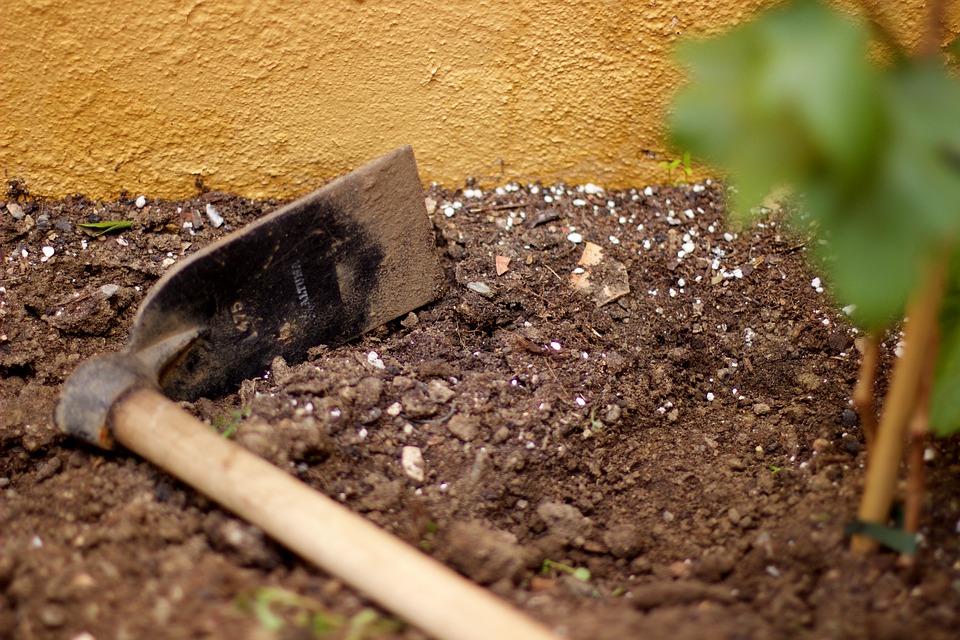Most avid gardeners can’t wait until the snow and cold of Midwest winters finally move on. And while you’re waiting for the sun to peek out of the clouds and shine its rays on the ground, take the time to brainstorm, design, troubleshoot, and prepare your garden for the spring season to come. Whether your plot is for growing fruits, veggies, flowers, or herbs, taking early action can get you closer to your overall goal. And to get you started on planning ahead of time, here are a few ways that you can prep your garden for spring now.
Pay Attention to Sunlight
Sunlight is a vital element for young plant shoots, and depending on the size and shape of your garden, some areas of land can receive a greater amount of sunlight than others. And knowing which sections are more likely to bask in direct light can help you decide where to dispense seeds. Be sure to periodically check where the snow and ice on your property begin to melt quickly to see where the sunlight is most ample.

Consider Watering Methods
Use the dreary days of winter to review your current irrigation techniques. Although a garden hose might seem like the easiest way to get moisture to your plants, it can waste a lot of unnecessary water. And if you’re looking for a new method to try out in your garden, consider a drip irrigation system. This process will save you time in both watering and weeding your plot of land, as only the immediate area around your plants will receive water. And with a system that can be tailored to any type of garden, it’s definitely something to consider before the springtime comes.
Prepare the Soil
When the winter snow and ice begins to recede, start preparing your soil for planting and have a soil test done on your garden’s pH level. If your soil is low on pH, take this time to spread limestone over the land to decrease the ground’s acidity. Since winter temperatures tend to linger in the Chicago area, you might have to wait a little bit longer to turn the soil over and extract unwanted roots and bulbs, but as some plants will need de-rooting right away, you might need to plant seed boxes as soon as the ground is thawed. Many plants, especially vegetables, can take up to two months to become transplantable and will need to be worked on right away.

Clear Away Debris
While you’re waiting for warmer temperatures, start prepping your garden by clearing away all unwanted debris from around your plot of land. The fall and winter seasons can be full of storms, high winds, and harsh weather, and can bring trash, tree limbs, and leaves into your garden area. And the sooner you get rid of all the scrap and rubble brought in from the previous months, the sooner your plants will be able to sprout from their cleared up garden bed safely.

